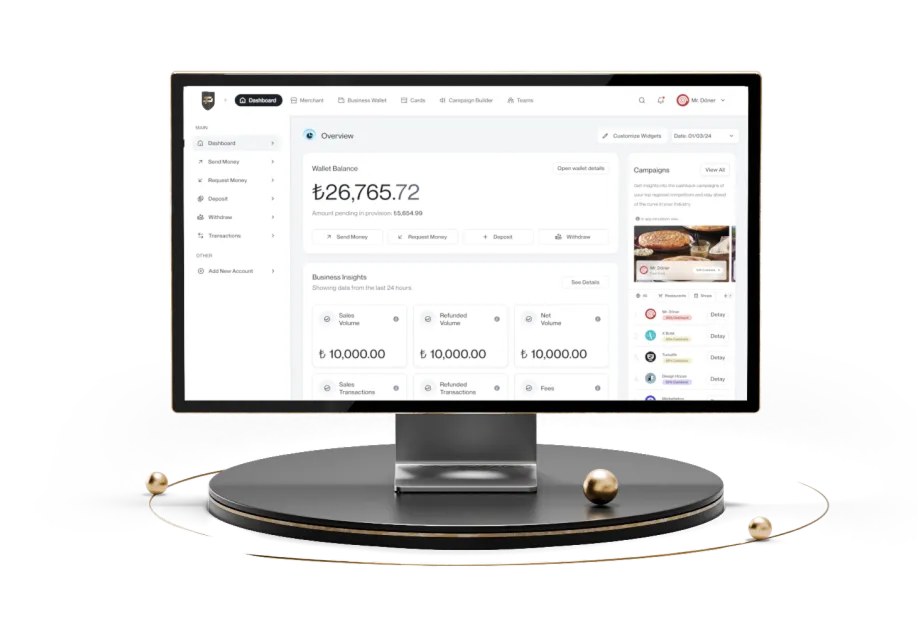What Are Movable and Immovable Assets?
Investment is a fundamental tool for individuals who seek financial growth and security. However, making the right choices while investing is essential. Different investment tools, including securities and real estate, offer various opportunities for investors. Each asset class has its unique advantages and risks.
What is a movable asset?
Movable assets (securities) are investment instruments that can be traded in financial markets and represent a specific value. These instruments not only offer a certain income or potential to investors but also help issuing institutions meet their financial needs. The most well-known types of securities are stocks and bonds. Stocks represent a portion of a company’s capital and grant shareholders ownership rights over that company. Bonds, on the other hand, function as debt instruments; by purchasing bonds, investors lend money to the issuing institution and, in return, earn a fixed interest income. Investors who are willing to take on high risks and aim for long-term growth may prefer stocks, while those seeking steady income with lower risk may opt for bonds. Additionally, individuals who are knowledgeable about financial markets or open to learning can diversify their portfolios by investing in securities and build a more balanced economic structure. Every investor should act consciously by considering their financial goals and market conditions.
Advantages and risks of securities
Investing in securities offers significant advantages. Stocks provide high return potential in the long term, while bonds stand out as low-risk, fixed-income investment instruments. Additionally, the liquidity of securities — meaning their ability to be quickly bought and sold — provides excellent flexibility for investors. However, these advantages come with risks that should not be ignored. Stocks are sensitive to market fluctuations and carry the risk of loss in value. Bonds, on the other hand, are influenced by factors such as interest rate fluctuations, inflation, and the issuer's creditworthiness.

What is an immovable asset?
Immovable assets (real estate) refer to physical properties such as land, buildings, residences, and commercial spaces, and are among the most preferred asset classes for investment. Real estate investment involves purchasing these properties to benefit from value appreciation or rental income. Residential real estate investment typically focuses on buying homes to generate rental income or sell at a higher price in the future. Commercial real estate investment encompasses offices, stores, or industrial facilities, and typically offers higher rental income. Additionally, land investments can yield high returns in the long term, depending on the region's development potential and market conditions.
Advantages and risks of real estate
One of the primary advantages of real estate investment is the rental income it generates as a steady, passive income source. Primarily, residential and commercial real estate investments can offer a stable cash flow. Furthermore, the appreciation of real estate over time allows investors to achieve capital gains. Real estate is also known for its potential to protect against inflation, as property prices often rise in parallel with inflation. These features make real estate an attractive long-term investment tool.
Although real estate investment is advantageous, it also carries certain risks. Firstly, real estate has low liquidity; that is, converting it into cash is more difficult compared to other investment tools. Moreover, incorrectly assessing the development potential of a region or experiencing a decline in property value during economic downturns can result in significant losses for investors. Maintenance, repair, and management costs are other factors to consider. When investing in real estate, conducting thorough research, evaluating market conditions, and selecting the proper financing methods are crucial.

Differences between movable and immovable assets
Movable and immovable assets differ from each other both legally and economically. These differences can be summarized as follows:
Portability
Movable assets include easily transportable or transferable items such as stocks, cash, precious metals, and technology products. Immovable assets, on the other hand, include fixed and non-movable properties such as land, buildings, and residences, and have a unique ownership structure registered through title deeds.
Liquidity and ease of trading
Movable assets generally have high liquidity and can be converted into cash quickly and at a low cost through stock exchanges. Real estate, however, is more challenging in terms of liquidity; the selling process can be long and involves procedures, title deed costs, and the burden of waiting for a buyer.
Types of returns
Movable investments, such as stocks or bonds, provide financial returns in the form of dividends or interest; however, they are subject to fluctuations, and profits or losses can occur rapidly. Real estate investments, on the other hand, generate rental income and long-term capital gains and may respond more stably to economic fluctuations.
Amount of capital required
Movable investments can be started with small amounts; portfolios can be diversified using tools like stocks, investment funds, or cryptocurrencies. Real estate investments typically require a substantial initial capital investment and come with additional burdens, including down payments, loans, and taxes.
Diversification and portfolio strategies
Movable assets offer ease in building a broad portfolio and provide quick trial opportunities across various sectors and instruments. Real estate may be more limited in terms of direct diversification; however, tools such as REITs (Real Estate Investment Trusts) enable portfolio diversification.
You may need to make a money transfer to invest. This is where Papel comes to your aid. With Papel, you can easily and quickly make money transfers.

